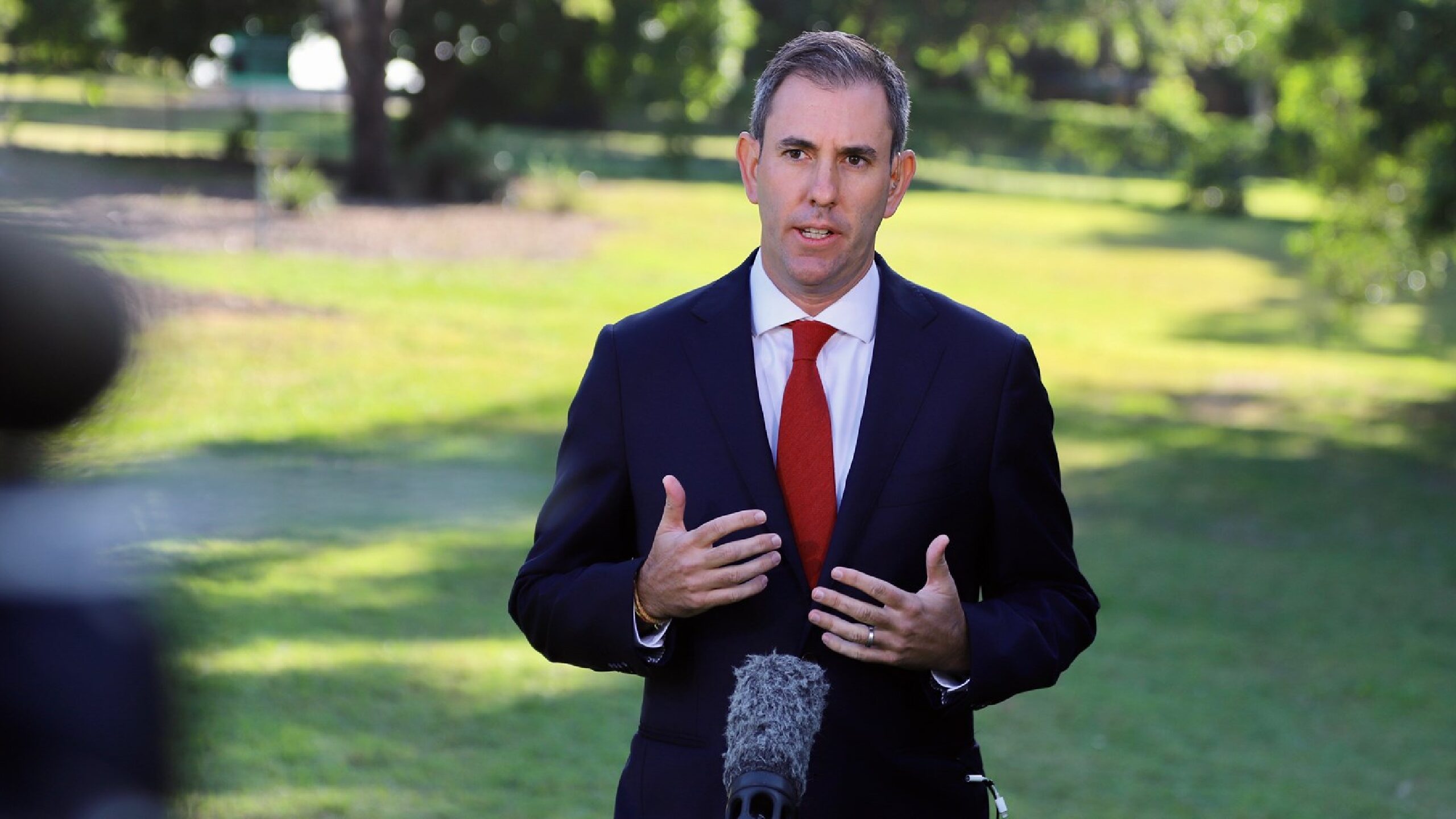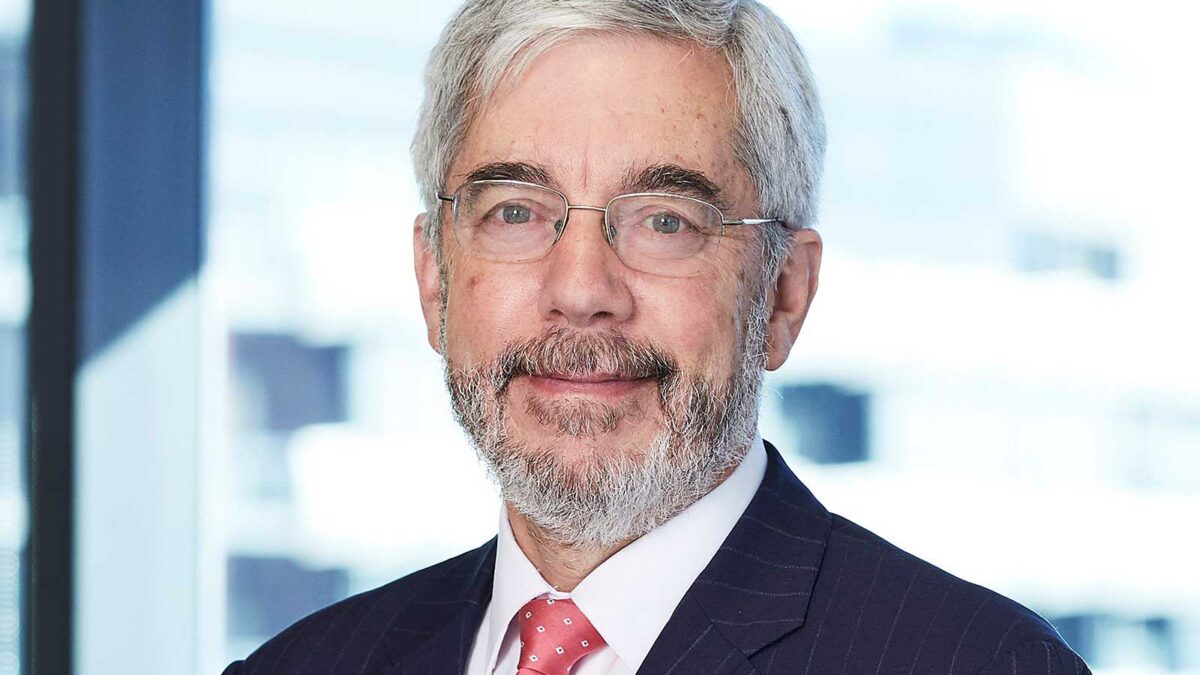Have interest rates peaked? As consumer spending weakens, economists think so
The Australian economy is finally slowing down, with consumers pulling back their spending in the face of higher interest rates and prices, according to economists, who see the slowdown as further evidence interest rates have reached their peak.
Australian gross domestic product (GDP) rose 0.4 per cent in the June quarter, and growth was up just 2.1 per cent from a year earlier. While it was the seventh straight rise in quarterly GDP growth, household spending rose a meagre 0.1 per cent and contributed 0.1 percentage points to GDP growth.
In addition, the household saving-to-income ratio fell for the seventh consecutive quarter to 3.2 per cent, its lowest level since June 2008, as people draw on savings to maintain their living standards. The drop was driven by higher interest costs on mortgages and higher income taxes, says Katherine Keenan, Australian Bureau of Statistics’ head of national accounts. However, helping to offset that, total income received by households rose 1.8 per cent, driven by higher interest rates on cash savings and higher wages.
Interest paid by households rose 10.5 per cent in the quarter, reflecting the ongoing pass-through of higher rates, with interest payments rising to a whopping 7.1 per cent of gross disposable income, analysis from National Australia Bank reveals.
Rates likely on hold as consumers pull on purse strings
Commonwealth Bank of Australia (CBA) economists expect economic growth will continue slowing, which will see interest rates held, with a possible cut early next year.
“We expect GDP growth to slow below 1 per cent in the fourth quarter of 2023, before slowly recovering in 2024, the timing of which will depend on the timing of the RBA’s rate cut cycle,” economists Belinda Allen (pictured) and Stephen Wu say. “We expect the consumer to weaken further over the second half of 2023, as the impact of higher interest rates continues to bite,” they say, adding that younger age groups appear to be winding back their spending more than older cohorts.
The RBA has raised official rates by 400 basis points since May 2022, in the fastest and largest hiking cycle in 30 years. Its impact is still feeding through the economy, as fixed-rate mortgages expire and move to variable rates, and will continue to be felt into 2024, according to Allen and Wu.
“This will take housing debt servicing costs as a share of income to record highs later this year,” they say. “We expect 4.1 per cent to be the peak in the cash rate cycle, with an easing cycle due to commence in the first quarter of 2024, although the risk is a later start date.”
Diana Mousina, deputy chief economist at AMP, also expects the slowing domestic economy to keep rates in place. “The GDP data is consistent with the RBA remaining on hold for now, unless a change in the inflation or wages environment suggests the need for further monetary tightening,” she says.
Mousina notes that GDP growth per capita fell by 0.3 per cent in the June quarter, the second consecutive decline as the growth in economic output runs below population growth. “This will probably lead to some talk of a ‘per capita recession’ and ultimately means that living standards are going backwards,” she says.
“Our expectations of soft GDP growth and further strength in population growth over the remainder of 2023 means that per capita GDP growth is expected to slow further, before some recovery in late 2024.”
Investment bank UBS also expects the RBA will keep rates on hold at a peak of 4.1 per cent, though it sees a small risk of another 25-basis-point rise, possibly in November after third-quarter inflation data is released.
UBS then expects a prolonged period of sub-trend economic growth, which would put upward pressure on unemployment and help to bring inflation down enough for modest 25-basis-point cuts in both August and November 2024, bringing the cash rate to 3.6 per cent.
“That would allow Australia to navigate a ‘narrow path to a soft landing’,” says George Tharenou, UBS’ chief economist for Australia. “But this view is increasingly reliant on global (underlying) inflation pressure moderating significantly further ahead, especially with weakness in China.”









